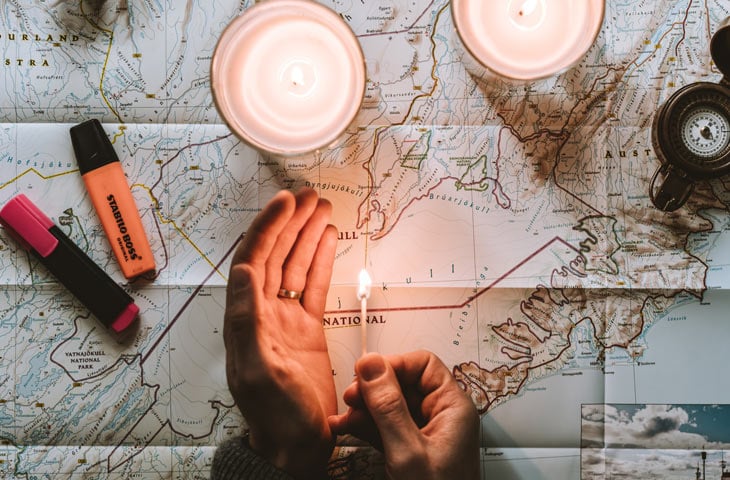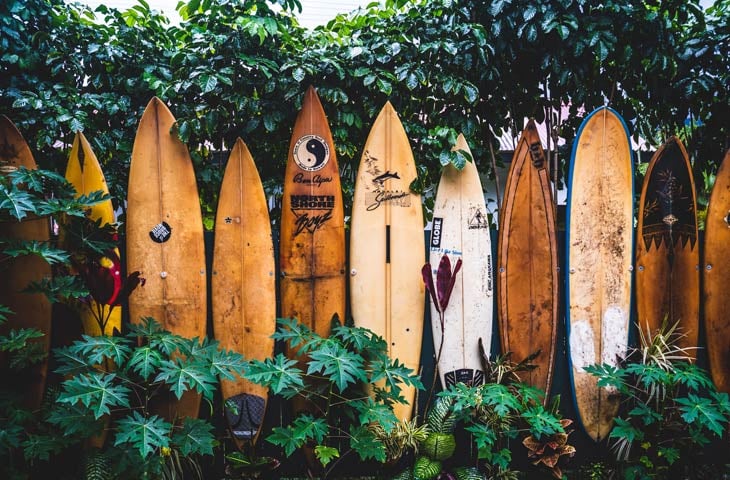Highlights From The 2021 WTA Wellness Travel Consumer Study
During the summer of 2021, the Wellness Tourism Association (WTA) partnered with researcher Danny Kessler, PhD (Dongseo University) and sponsoring WTA member WeTravel to survey more than 2500 wellness travel consumers globally.
The resulting white paper underscores the positive growth outlook for wellness-related tourism in both the short and long term. For industry stakeholders such as retreat leaders, travel agents/advisors, tour operators, and affiliated hospitality service providers, the survey results lend valuable insights for designing and marketing future offerings.
Demographics: Who Is The Archetypal Wellness Traveler?
The study was promoted by the WTA and the Global Wellness Institute’s Tourism Initiative. As such, the respondent pool generally reflects a group of consumers that has prior experience with or demonstrated interest in wellness tourism.
Survey data was gathered from 52 countries & territories, though the majority of respondents (75%) were from the United States. Sixty-four percent were female, 65% either from the Millenial (40%) or Gen X (25%) generations, 60% held a bachelor’s degree or higher, and 43% reported an income of > $75,000.
Seventy-two percent of respondents indicated that they had already been on a wellness-dedicated vacation and 61% said that they are currently planning one.
Among the 65% of those surveyed that did not plan to travel with a significant other, 37% planned to travel either solo or as part of a like-minded group, 32% with family members, and 31% with friends.
Twenty-four percent of respondents generally spend $400+ per night on accommodations, with just under half of these respondents (11%) spending $1000+ per night.

Assets, Activities, & Amenities: What Does The Wellness Traveler Want?
Given a collection of 16 assets, activities, and amenities, survey participants were asked to rank each on a scale of one to five (1 = not important at all; 5 = extremely important). The top five items ranked “extremely important” were as follows:
- Safe and clean room – 47.73%
- Purified water system throughout the facility – 33.43%
- Access to fitness/wellness activities in nature – 30.79%
- Guest rooms with air infiltration systems – 26.86%
- Host facilities with sustainable and green practices – 26.28%
WeTravel’s own Head of Account Management Keri Pfeiffer was quoted in the white paper, providing a snapshot of current trends among retreat groups. She shared that retreat hosts are favoring retreat center or boutique hotel accommodations that cater to one group at a time, and retreat group sizes are trending downward from historical levels (now generally landing in the 6-12 participant range).
“Most bookings,” she noted, “are for properties in nature or close to the beach. With the entire facility rented for the group, [retreat planners] are ensuring control over the safety and health measures on site.”
Further, with regard to item #5 above (“Host facilities with sustainable and green practices in place“) Pfeiffer points out that travelers booking with WeTravel “are concerned with sustainable travel and giving back, and are pushing retreat leaders to choose eco-friendly accommodations, donate a portion of sales to a cause, or add a volunteer aspect to their trips.”

Concerns: What Is Top Of Mind In Booking Post-Pandemic Travel?
When asked in an open-ended question format about non-negotiable “must-haves” when global travel resumes, responses pointed to three broad themes. These included 1) safety (in terms of general risks as well as COVID exposure); 2) an emphasis on stillness & quiet spaces; and 3) easy access to nature & the outdoors.
The following quotes from respondents illustrate six trends underlying the above-mentioned themes. Interestingly, while many participants voiced concern over health & safety risks, others cited being drawn to an environment providing relief from strict COVID protocols.
-
Safety every step of the way:
Strictly safety protocols with hotel guests; for example, guests not wearing masks should be sent back to their rooms or asked to leave
An environment free of civil unrest
-
Nature & outdoors:
Outdoor activities that include all levels and ages
Location near nature, mountains, or ocean for fresh air and good energy
-
Superior service:
A complete understanding of what limitations in services have been caused by the pandemic
Transport to/from the hotel that considers wellness aspects (scenic routes, music, temperature, means of transport)
-
Stillness & quiet spaces:
Peace and stillness; no stimulation unless I seek it
Quiet, calm, dark space to relax and decompress after COVID
-
Attention to food service:
Food that is healthy, safe, and green
Emphasis on food safety and hygiene
-
Anti-regulation & restrictions:
Fun, freedom from uptight protocols
Not being forced to wear a mask or have a vaccine
The survey also asked respondents to rank what might influence them most when it came to booking wellness travel over the next two years. The top four factors included price, flexibility (with bookings and cancellations), trust (in the supplier), and destination management (the manner in which local lawmakers have managed the pandemic).

Geography: Which Destinations Will Emerge As Post-Pandemic Winners?
When we consider that 75% of respondents were U.S. based, it comes as no surprise that the U.S. was the most popular individual country mentioned, with Hawaii being the most preferred state.
Also popular were Southeast Asian countries, in particular Bali and Thailand.
Italy was the most often selected country in Europe.
Costa Rica was the favored country in Latin America, and the Caribbean was another often mentioned destination.
Perhaps more interesting than the “where” was the “why;” the factors that led survey participants to choose particular destinations. As with other questions and past surveys, the prominent theme was nature.
The most frequently used words describing why the recipient had selected a particular destination were: “It’s beautiful,” “Outdoor adventures,” “Oceans, water, beaches,” “Climate,” and “Relaxing and peaceful.” Other theme-defining words that emerged for selecting a destination were “Bucket list,” “History and culture,” “Safe, easy, close to home,” and “A culture catering to wellness.”

Conclusion
When global travel normalizes, wellness tourism is positioned to benefit from pent-up demand for travel as well as shifting priorities that value health, wellness, connection, and transformation.
An emphasis on building trust, communicating effectively, and establishing solid safety protocols are likely hallmarks of the suppliers best positioned to capitalize on this recovery. Similarly, those who provide differentiated, thoughtfully planned experiences rooted in nature and relaxation are likely to appeal to a wide swath of wellness travel consumers.
Many thanks to the WTA for sharing highlights from their white paper with our community here at WeTravel. Learn more about their mission to support the sustainable future of wellness tourism for the global good and five ways to get involved with their great work.
New resources, straight to your inbox
We’re committed to your privacy. WeTravel uses the information you provide to us to contact you about our relevant content, products, and services. You may unsubscribe at any time.





